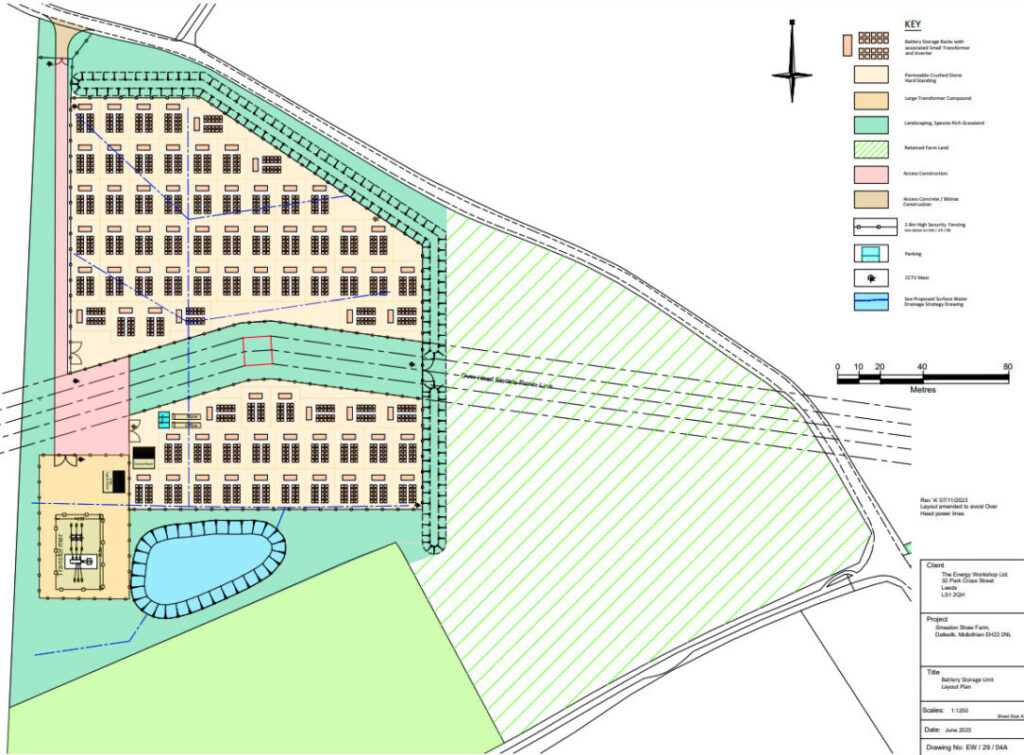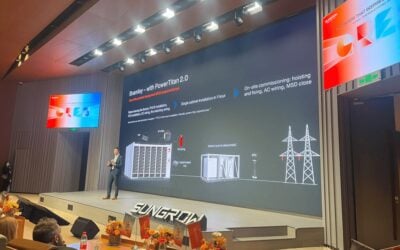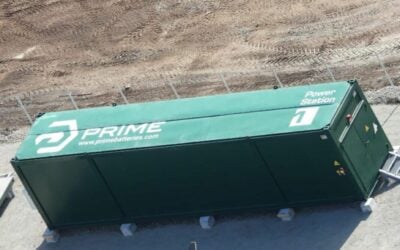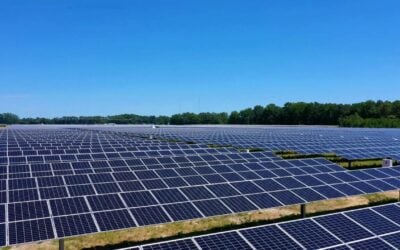
Developer Kona Energy has been granted consent for the construction and operation of its Smeaton BESS project in Scotland, which will total 228MW/456MWh of energy storage capacity.
The 2-hour battery energy storage system (BESS) in East Lothian is strategically located to enhance grid resilience and reduce grid constraints, Kona said. The nearby Torness nuclear power station is due to shut down in 2028, which will increase the utility of the Smeaton BESS, it added.
Enjoy 12 months of exclusive analysis
- Regular insight and analysis of the industry’s biggest developments
- In-depth interviews with the industry’s leading figures
- Annual digital subscription to the PV Tech Power journal
- Discounts on Solar Media’s portfolio of events, in-person and virtual
Or continue reading this article for free
Kona did not say when it expected the project to come online, but said it would now be seeking investment to bring the project to market.
The firm has appointed a new technical director, Dr Lu Zhang, formerly of lithium-ion OEM Hithium, who will help maximise the project’s potential and ensure timely deployment, Kona added.
A ‘Landscape and Visual Impact Assessment’ filing on the Scottish government’s Energy Consents Unit website reveals the Smeaton project is planned to have 75 arrays of battery units each of which will be connected to a ‘power station’, of power conversion system (PCS) unit. Each array comprises 20 battery cabinets of 1.3m x 1.3m x 2.3m.
There is a substantial need for large-scale BESS in Scotland to help balance out the regional disparity of in supply and demand in the UK.
A huge portion of the UK’s current and future wind generation is there, but more demand is from England. This leads to huge amounts of curtailment because of transmission constraints, where the transmission system operator (TSO) National Grid, via the National Energy System Operator (NESO), pays operators to reduce or stop generation.
Paying operators to switch off wind farms in Scotland cost billpayers £920 million (US$1.2 billion) in 2023, and BESS developer and operator Field recently did some analysis showing that BESS could help reduce that by up to 80%.
Kona’s project is among the larger ones, though not the largest, to have been granted planning consent in Scotland. Another developer-operator, Zenobē Energy, secured project financing for a 300MW/600MWh BESS in January this year, allowing it to start construction, while a 500MW/100MWh project from Copenhagen Infrastructure Partners (CIP) is being built for a commercial operation date in Q4 next year. Those two are also among the largest at that stage of development in the entire UK.






